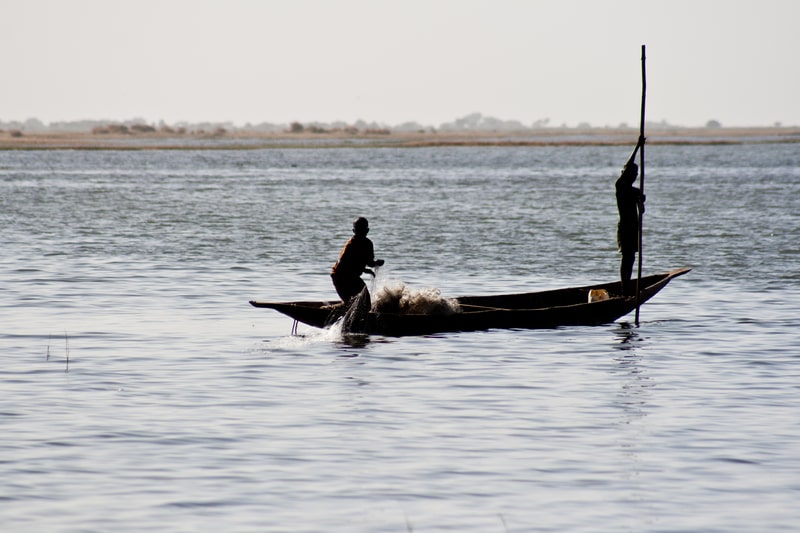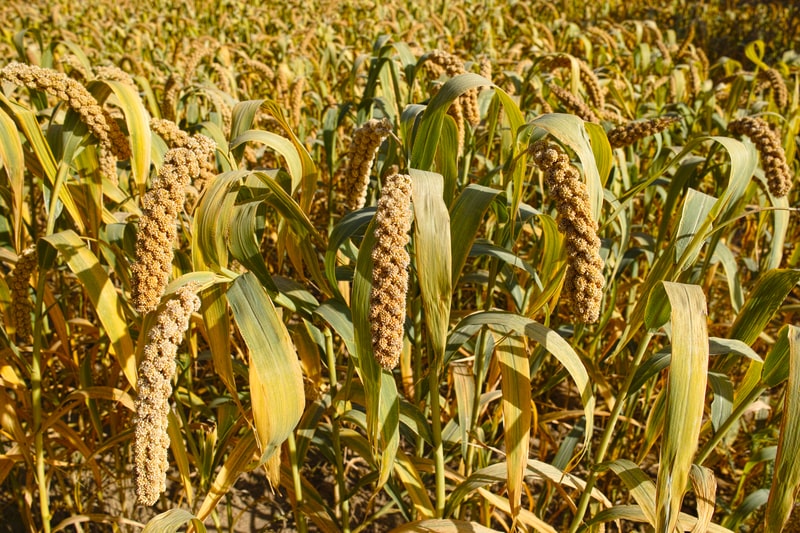Last updated on April 11th, 2023
Niger, officially the Republic of Niger, is a landlocked country in Western Africa, named after the Niger River. The article will attempt to give you a quick rundown on this West African nation, here goes a list of 50 important facts about Niger that cover its history, culture, economy, people, military, wildlife and the river Niger.
10 Facts about River Niger
1. The river is 4,180 kilometers in length (2597 miles).
2. At 4,180 km long it stands as the third-longest river in Africa, the only rivers longer than it is the Nile and the Congo, which is also known as the Zaire.
3. Unlike the Nile that is unclear, the Niger is clear over the whole course. This is attributed to an absence of silt.
4. The river gives the countries of Nigeria and Niger their names.
5. The river floods annually, the flooding season begins in September and ends in May.
6. The source of the river is the Guinea highlands located in Southeastern Guinea.

7. The river’s main tributary is the Benue River.
8. The flow of this river has been described as unusual. It begins flowing 150 miles away from the Atlantic Ocean but instead of going straight to the Ocean it curves inwards flowing through the countries of Mali, Niger, Benin, and Nigeria then finally discharges through the Niger Delta/Oil Rivers into the Gulf of Guinea.
9. The Scottish Explorer, Mungo Park, was the first known Westerner to travel through the course of the Niger. He did so in the year 1796.
10. The river has thirty-six families of freshwater fish and nearly 250 fish species, twenty of these are found nowhere else on the planet.
10 Facts about Niger culture
11. The official language is French. This is inherited from the colonial period and serves as an administrative language.
12. In the same vein, the country has eight languages that are also classified as national languages; these are mostly the ethnic languages of the groups associated with the language.
13. The ethnic composition of the languages in Niger is as follows: Hausa (53%); Zarma-Sonari (21.2%); Tuareg (10.4%); Fula (9.9%) Kanuri Manga (4.4%); Tubu (0.4%); Gourmantche (0.3%).
14. The nation is a secular state with the separation of religion and state guaranteed in the constitution. The most dominant religion practiced in Niger is Islam, with about 80% of the populace identifying themselves as Muslims.
15. Christians form about 20% of the populace with a small majority of the population practicing indigenous religions.
16. Indigenous communities have annual festivals with the two most prominent being the ‘Salt Cure’ festival, a celebration of Tuareg nomads to celebrate the end of the rainy season and a colorful courtship ritual that is practiced by the Wodaabe which was known as the Guerewol festival.

17. The main staple food of Niger is millet.
18. Traditional sports such as horse racing, camel racing, and wrestling still survive and form a focal point in the socialization of the people.
19. The National Day/Republic Day is celebrated on December 18 since the year 1958. It also celebrates the founding of the republic and the Presidency.
20. There do exist several cities, towns, and villages that have preserved on account of their architecture, some like those in the Djado plateau are largely uninhabited whilst others such as Agadez and Zinder are alive.
Niger on the map
. . . continue reading on the next page
